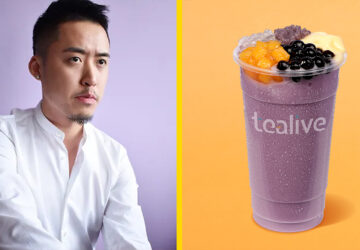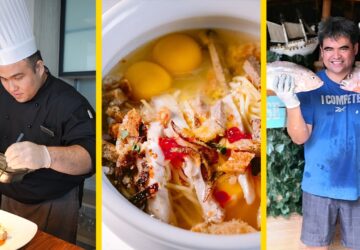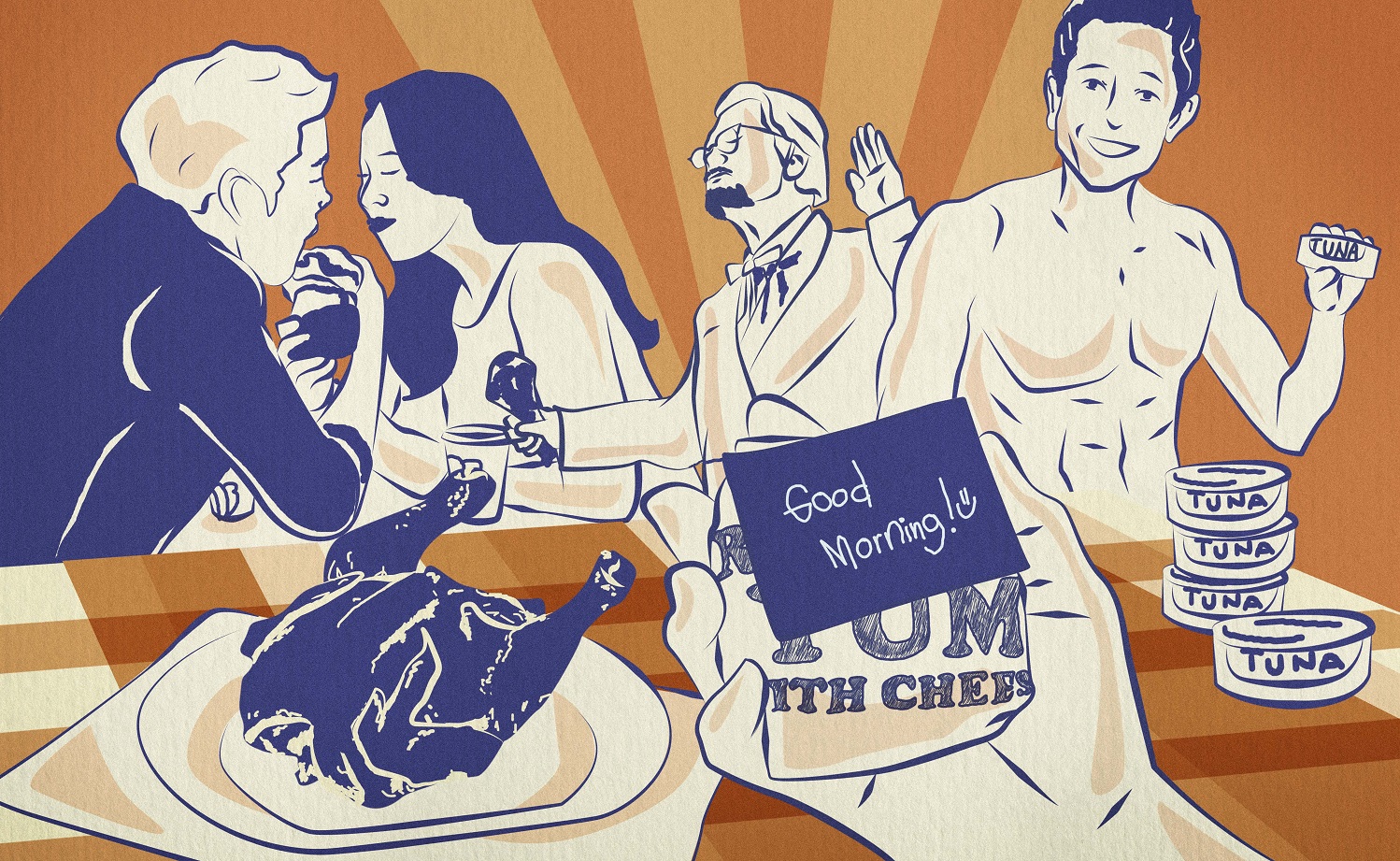It’s been a slow evolution—as gradual as a caterpillar cocooning itself before turning into a butterfly—but stark observers of culture may have perceived something notable: Brands have begun to sell consumers their products by not so much the merits of the actual good but through experiences and emotions.
What was once a relentless push of the thing one shouldn’t be missing out on is now a spotlight shined on every little possible thing you could feel on a tangent connected to the product. You might have noticed by now that this isn’t as prominent and prevalent as it is in food, where a million different feelings could be associated with a single bite—or the thought thereof. They’ve made so much fiction out of this as well as non-fiction that seems too good to be true.
Think of brands like Jollibee, which apparently sells heartbreak along with its burgers and fried chicken; of franchises like Max’s, which has swerved into an exploration of the weird in order to catch attention and maintain relevance just by being talked about; of products like Century Tuna and Gatorade, which inspire some to be the best they can be by way of what they put in their bodies.
The truth is many have already wielded this emotional manipulation over the history of the industry, but it’s only now that the human psyche—and everything it wants—has been so front and center in branding. It’s finally started to become more about why people eat, than what people eat. That still matters, but now just as much.
Building emotions (and a brand)
“The food and beverage industry has always operated at the mercy of the changing tastes and preferences of the consumer,” says Gela Gamboa-Pecson, marketing manager of Century Tuna, which has successfully turned its heavily sexy branding by way of the “Superbods” campaign into more sales.
“When you’re in the food business, it’s easy to hack someone else’s recipe and repurpose it for your own. A simple Google search is enough to tell you how to come convincingly close to someone’s ‘secret’ fried chicken recipe or ‘proprietary’ sauce,” says Mark de Joya, who’s with the Max’s Group as the brand development director for franchises Yellow Cab and Jamba Juice. “But what’s harder to steal is a brand—a consistent promise and provocative point of view on the world, but backed up by unique, ownable, tangible experiences and actions you alone can fill.”
The best, if not most memorable brands right now made their money and reestablished their relevance through sharp capitalization on the whys. The aforementioned Jollibee, while not going uncriticized, filled recent pop culture space because their attempts at overtly tugging heartstrings sparked conversation—a game in which their rival McDonald’s has already been way ahead for more than a decade now.
“But what’s harder to steal is a brand—a consistent promise and provocative point of view on the world, but backed up by unique, ownable, tangible experiences and actions you alone can fill,” says Mark de Joya.
Century Tuna, for their part, demonstrates an acute understanding of why people even buy their cans of tuna to begin with, which led to them daring to be bolder with their approach. Not only was it because tuna is generally recommended as the leanest, quickest form of protein for fitness-conscious people, but the Superbods campaign did tap into something more primal with the audience, what with all the half-naked men and women on their billboards. It’s the classic you-want-to-be-with-them-or-be-them feeling.
“[We] leveraged on the many health benefits that are inherent in tuna and continued differentiating itself among the slew of health brands by making [the] health proposition into a lifestyle: from a mere healthy product to a ‘healthy way of life,’” says Gamboa-Pecson.
Making a mark

And if there isn’t an obvious emotional need that’s right there to tap into, brands could also create their own niche and strike a chord either way. KFC is doing very well in foregoing heavy drama in favor of absurd comedy with their Filipino Colonel Sanders campaigns starring local actors. Max’s is also exploring this space with their surreal “House That Fried Chicken Built” spots online. Sometimes the approach is also more earnest and grounded, as with Yellow Cab’s latest “We Fuel the Hungry” campaign, which highlights the metaphorical definition of being hungry. Just as the range of human emotion is wildly varied, so are the many different ways brands can present themselves to the audience.
“There isn’t any 100 percent foolproof system out there, but my own framework in building a campaign or a brand is a very simple one that seems incredibly obvious at first, but actually is great in unlocking some killer work: Know the problem, know the transformation you want to trigger, know yourself, know how to execute, know how you’re doing,” says Mark de Joya.
“I think everyone starts with a core human truth they want to fulfill—are they about providing a space for bonding? For stimulation? For nostalgia? To rattle people’s cages? To trigger love? It’s a clear point of view behind the country’s best food brands,” says de Joya. “It’s not enough to say your product is your hero because that makes you vulnerable to changes in tastes and trends, but the space you own in consumers’ minds and hearts.”
While this new kind of branding may seem intuitive (like all you need to do is some soul-searching), it still requires some structured planning. The trick is making it all look effortless, but everyone knows that making something seem effortless requires a lot of effort.
“For any campaign we launch, we have to always be clear on the following: rationale, objectives of the campaign, defining who our target market is, outlining deliverables from the said campaign by giving specific details on desired tone, message, and style,” shares Gamboa-Pecson. De Joya explains this better by elaborating on how he arrives at his rationale: “There isn’t any 100 percent foolproof system out there, but my own framework in building a campaign or a brand is a very simple one that seems incredibly obvious at first, but actually is great in unlocking some killer work: Know the problem, know the transformation you want to trigger, know yourself, know how to execute, know how you’re doing.”
“For any campaign we launch, we have to always be clear on the following: rationale, objectives of the campaign, defining who our target market is, outlining deliverables from the said campaign by giving specific details on desired tone, message, and style,” says Gela Gamboa-Pecson.
But in the end, branding like this most importantly requires putting the customer first—arguably the most important component of a business—by inhabiting the customer’s headspace. This trend is really nothing more than understanding the person who buys your product, on a much deeper level—perhaps to the point of discomfort. After all, they just want someone who gets them. Wouldn’t you?
Originally published in F&B Report Vol. 14 No. 5





